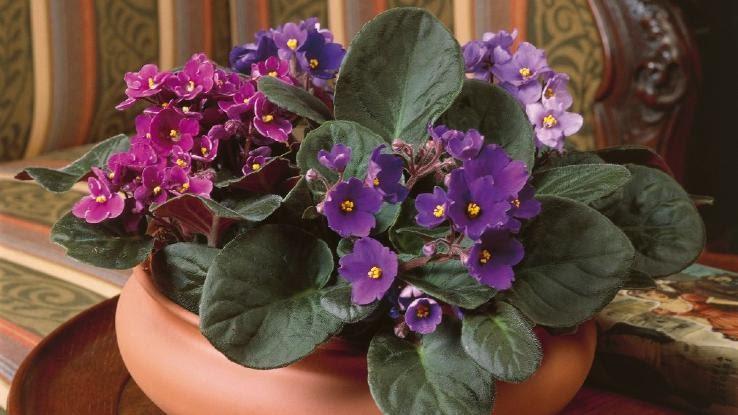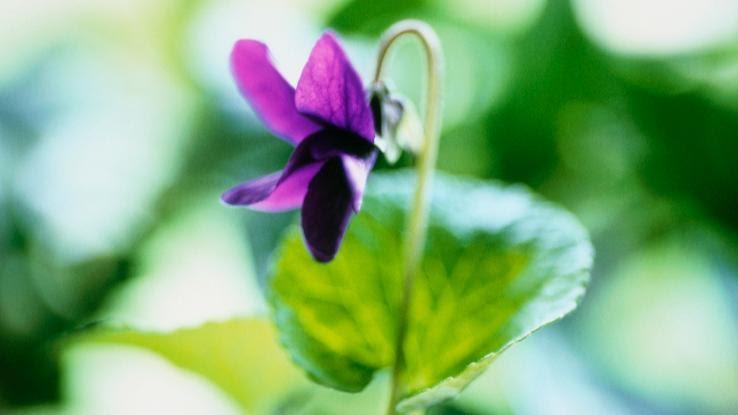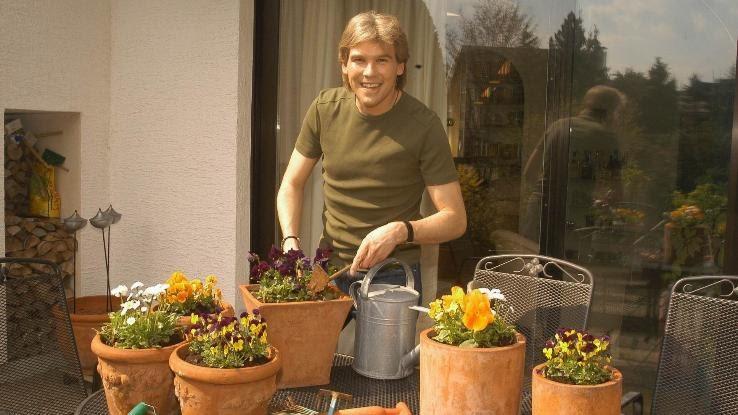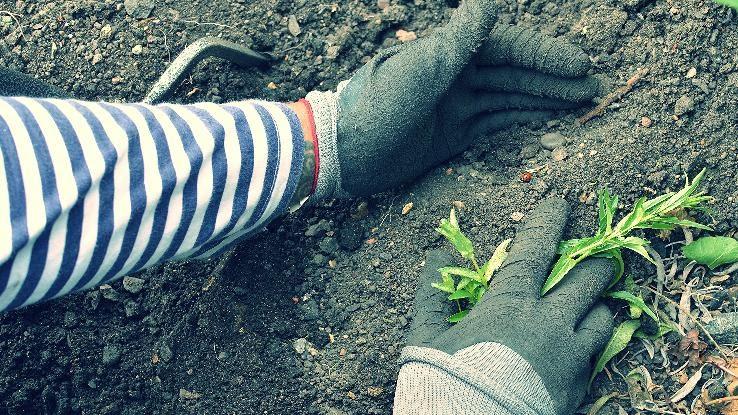Giant African Snail Easy Draw Giant African Snail Easy Draw Steps

The beautiful purple, violet and indigo blooms of the African violet (Saintpaulia) are bound to bring a little color and cheer to your outdoor garden and your indoor spaces. But keeping an African violet plant in excellent shape can take some extra steps that might surprise you if you're not familiar with the common care requirements associated with this flowering perennial.
There are around 400 different types of violets, and no two are exactly alike. That's one reason why learning about care requirements specific to African violets is important. To help your African violets flourish — or to prepare for them if you're considering purchasing some — learn more about what they need in terms of sunlight, water and general care.
What Are African Violets?
As the name suggests, African violets originate from Africa, growing naturally in countries with more tropical climates like Tanzania and Kenya. Much of their bulk consists of large, oval-shaped leaves covered in fine, velvety, hair-like structures. Forming atop these leaves in clusters are the delicate flowers that give the plant its name — flowers that come in colors ranging from purple to pink to white. While this flowering plant may survive and grow in a well-suited outdoor environment, African violets are often kept indoors as houseplants where it's easier to control humidity levels and create optimum growing conditions for them.

The African violet spreads outward much more quickly than it grows upward. Because of this, it needs to be planted in a wide, relatively shallow pot or container for maximum spread and effective drainage. When these flowering plants are well cared for, they can live indefinitely. And they're actually quite easy to tend — "probably the easiest flowering houseplant to care for," according to The Violet Barn. That's great news if you're not too experienced in caring for plants or if you're looking for something that can become a beloved decorative element in your home. As an added bonus, these plants aren't toxic to dogs and cats, so they're safe to keep out around your pets.
Although they typically grow below the cover of taller plants in their natural environment, African violets can wilt and begin to rot when they're indoors in very low-light spaces. They tend to flourish when placed in window boxes or window sills, but they can also do well in your kitchen, bathroom or anywhere else around the house that receives relatively consistent lighting. They prefer bright, indirect light, which means you shouldn't place them in direct sunlight (it can scorch their leaves) but in an area where sunlight first hits another surface in your home and reflects onto the plants.

If you live in a cooler climate, consider purchasing a heat lamp for your indoor African violets. While this is an extra investment, it's helpful in keeping your blooms healthy and your leaves green. African violets are accustomed to warmth and prefer to stay at a steady 70 degrees Fahrenheit, give or take a few degrees in either direction. This doesn't mean that African violets do well in wet, extra-humid environments, however.
How Often Should You Water African Violets?
African violets aren't too picky when it comes to watering; when the surface of their soil feels completely dry, it's time for a dose of hydration. You might pick up the pot and notice that it feels relatively light or stick your finger in about an inch and not feel moisture — these are good signs your African violets need water. Use room temperature water to keep these plants happiest. Water that's too cold or too warm can shock the roots, and this might cause the leaves to develop spots.

Although it's easy to tell when African violets need water, it's also easy to give them too much — depending on how you do it. Some gardeners who keep these plants prefer to water them from the bottom up to avoid getting water on the leaves, which can cause spotting. Bottom watering allows the plants and their soil to soak in only enough water as they need. You can do this by placing the violets' pot in a larger container with several inches of water and checking every few minutes to see if the water has reached the top inch or two of soil. You can also water from the top, being careful not to get droplets on the leaves.
Regardless of how you water your violets, it's essential that you don't leave them sitting in standing water, which can cause root rot and fungal growth. If you water from the top down and notice that the tray under your violets has standing water, empty it within half an hour of watering the plants.
Do African Violets Require Special Soil?
While you can plant African violets in specially formulated African violet potting soil, you can also opt for a more accessible all-purpose potting and gardening soil. No matter which soil you choose, you'll want to make sure it drains well.

One of the easiest ways to do this is to mix your standard gardening soil with vermiculite or perlite and plant your African violets in it. Doing so will help keep the soil well-aerated and mold-free. Avoid soils that look dark and rich — they usually have too many additives and too much compost for the violets. Plus, they often hold too much moisture. You can repot these plants every six to 12 months or so, but keep in mind that most African violets don't need a pot that's much bigger than 6 inches in diameter.
hilliardbeirl1968.blogspot.com
Source: https://www.questionsanswered.net/lifestyle/best-ways-care-african-violets?utm_content=params%3Ao%3D740012%26ad%3DdirN%26qo%3DserpIndex&ueid=c53c2bd3-4a66-4948-80bf-d812304ab60f
0 Response to "Giant African Snail Easy Draw Giant African Snail Easy Draw Steps"
Post a Comment